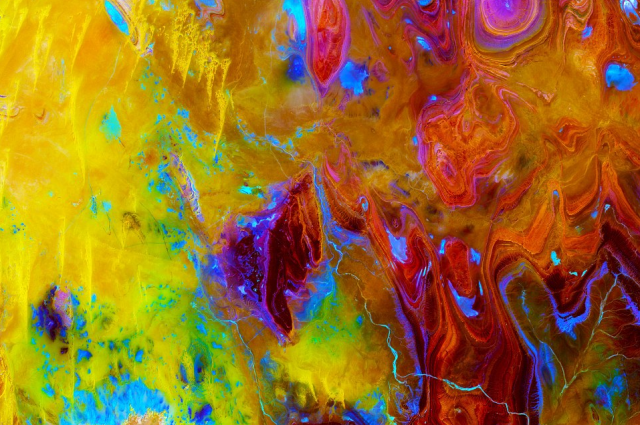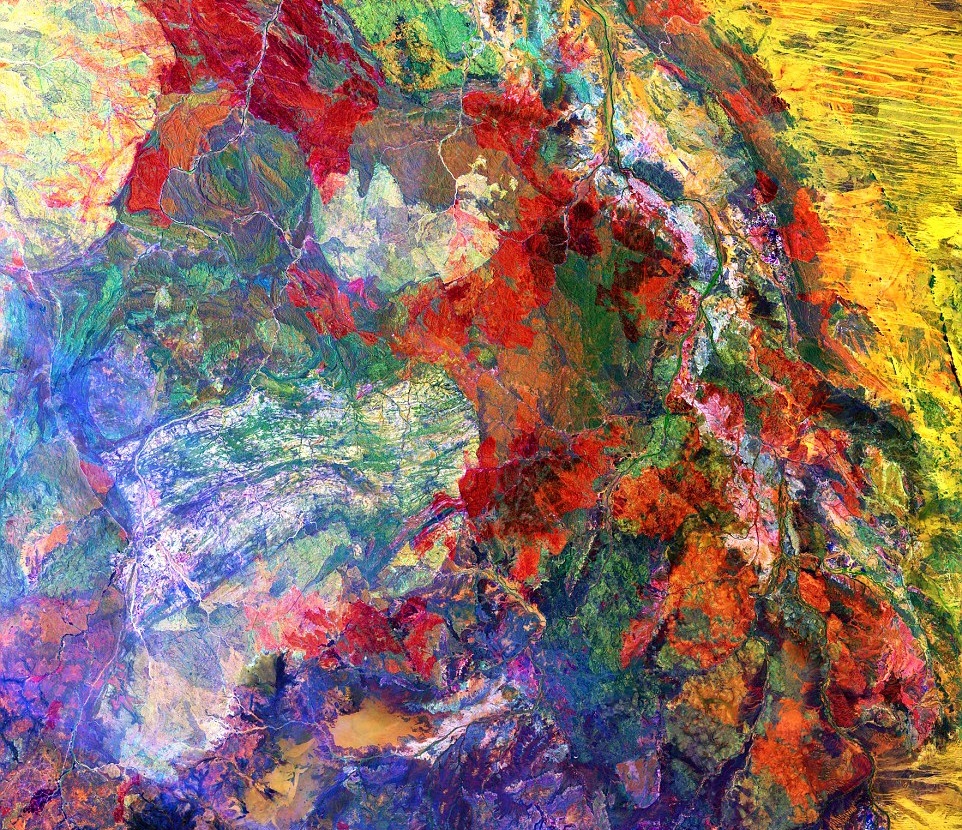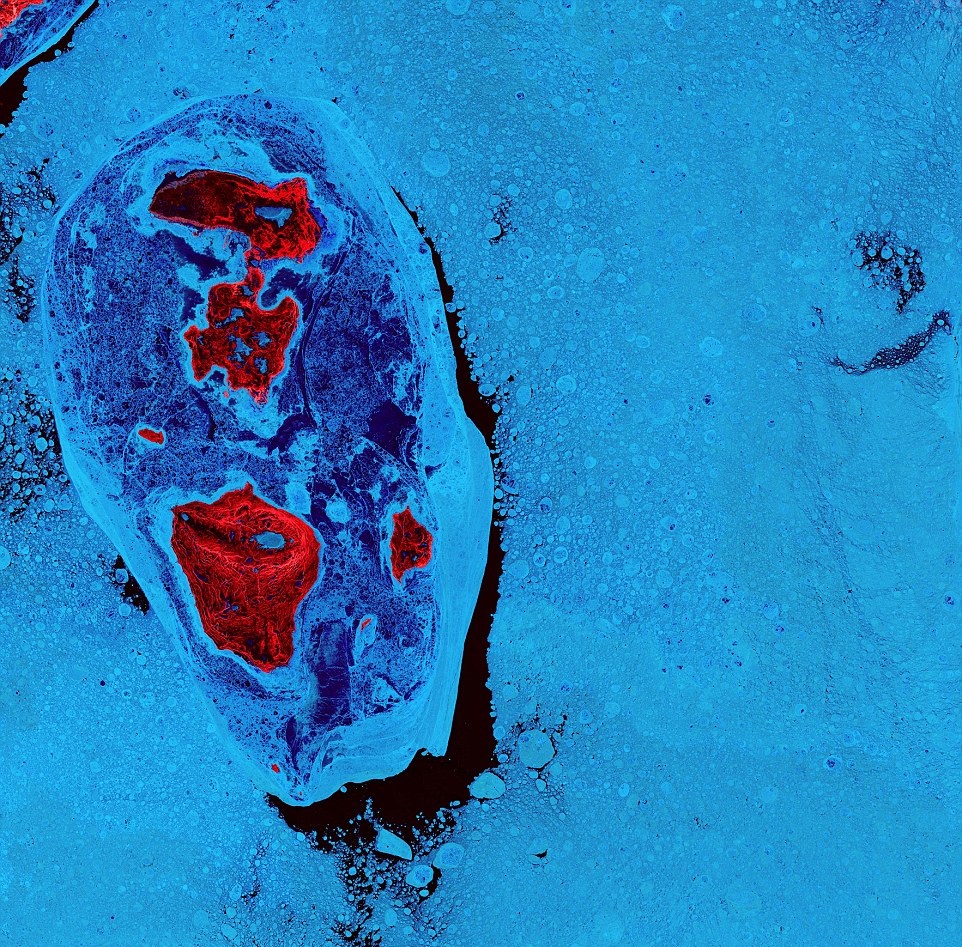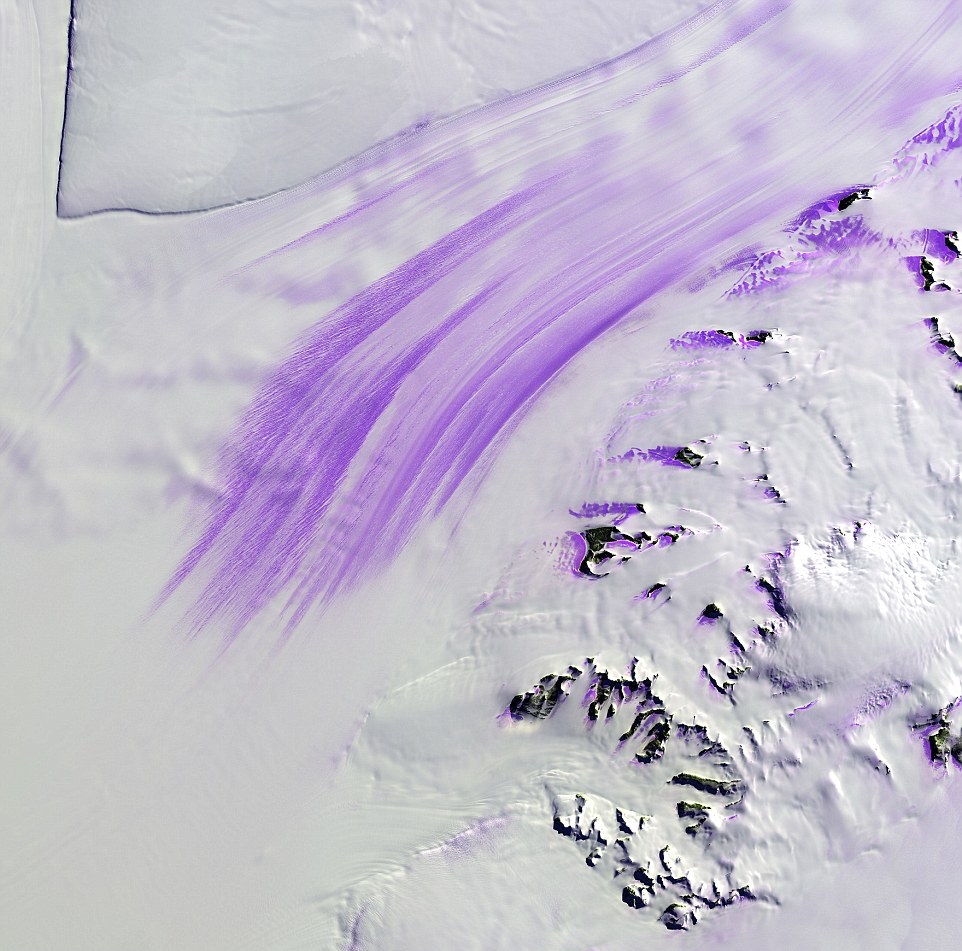Gorgeous earth art
The USGS isn’t just a scientific organisation doing a lot of satellite imagery and remote sensing work. They show themselves to be artists as well. These images are absolutely gorgeous. Earth itself is gorgeous and there are many ways of looking at it. The way the USGS Landsat team are looking at it is definitely way out there. The way I use the same images to try to look underwater is a bit more mundane unfortunately. These are just some of the images. You can see more on the USGS website.





